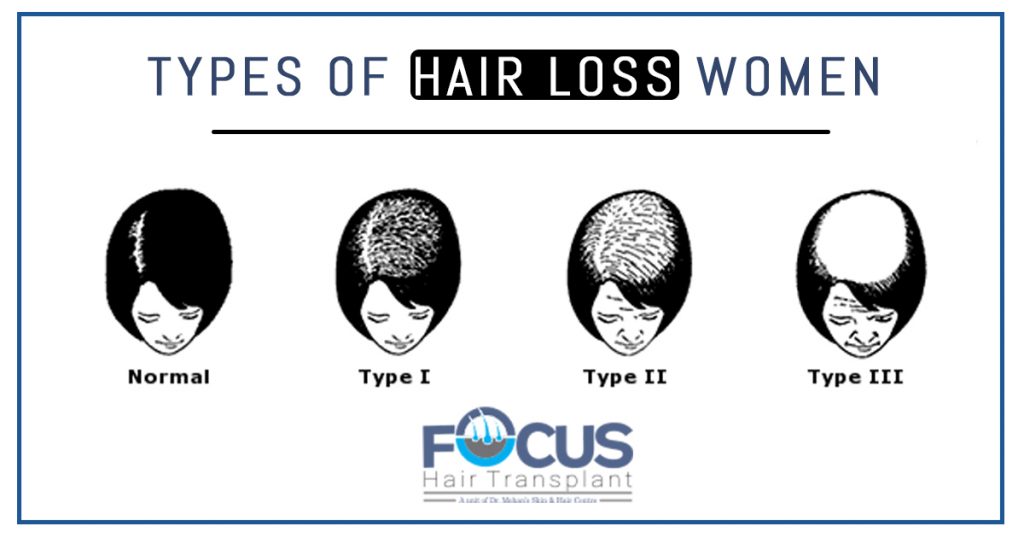Types of hair loss in Women
Hair loss is a common condition of both people, but men experience it more than women. However, in this article, we are going to tell you everything about hair fall in ladies and how to get rid of this condition. So, you must read it carefully at the end.
Almost millions of ladies are suffering from hair loss, but they don’t know the reason behind this condition. Hair loss is additionally known as alopecia, which can happen at any body part. If you are fed up with getting certain hair fall treatments, then you must visit our specialist and get the hair transplant. This is one of the best treatments that give you the desired results. As it works with your own hair such as your specialist collects hair grafts from the back of the head to transplant. To get this treatment, you need to know what the types of hair loss are.
Types of hair fall in women.
Androgenetic Alopecia
Androgenetic alopecia is the most prevalent form of hair loss affecting more than 40 million females across the world. This type of hair fall is additionally known as female pattern hair loss. This type of hair loss occurs due to genetic factors, which can be treated with surgery.
Anagen Effluvium
Anagen Effluvium is another type of hair fall in ladies that describes as a sudden hair fall, which is caused due to cancer treatment or chemotherapy. You may not know that certain fast-acting drugs will surely destroy cancer cells, but they also affect the hair growth cycle. Due to which ladies experience hair fall on the scalp and other body areas. No doubt, once you have finished your treatment, your hair grows back on its own, but you have to concern your dermatologists to get medicine to make the hair grow faster.
Female Pattern Hair Loss
Pattern hair loss has two types, male pattern hair fall and female pattern hair fall. Female pattern hair fall is caused due to overtaking stress or medical conditions. For women, the hair is gradually thinning all over the scalp, but the hairline typically does not recede. Many women experience this form of hair loss as a normal part of their aging cycle, but it rarely contributes to baldness. In this condition, you need to go to a hospital and get a suitable treatment according to your hair fall.
Telogen Effluvium
Telogen Effluvium occurs when hair follicles join the resting phase of the hair growth process. Telogen Effluvium does not necessarily contribute to full baldness, but you may start losing almost 500 hair strands each day, and your hair may look thin, particularly at the temple and crown.


No Comments